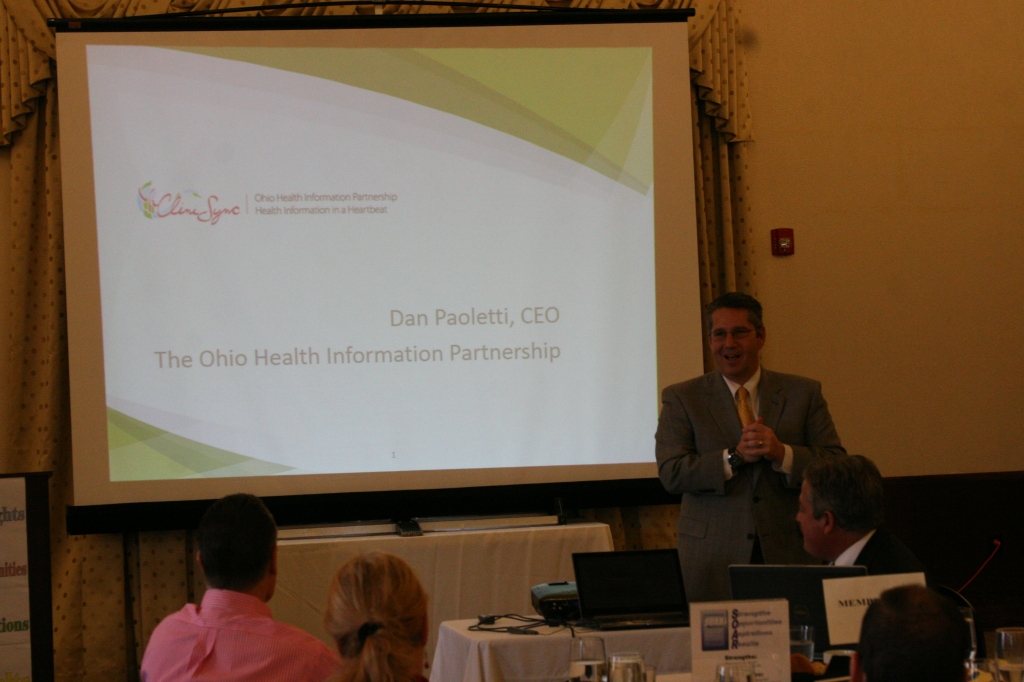By Charles B. Brownlow, OD
Now is the time for health care providers to make New Year’s resolutions. The key, however, is following through on those resolutions. Make 2014 the year that you not only keep your resolutions, but also complete them before the new year begins.
Here are four suggested resolutions I have for you:
1. Look at your current fee schedule. Decide whether your current fees match your feelings of the values of your services. It will be difficult, if not impossible, to negotiate with an insurance company for better fees if you’re not confident that your fees are appropriate to their value to your patients.
2. Review your internal protocols for providing care, including the way you collect data, how you decide which tests to do for each patient, how you keep records of each visit and each procedure, how you record your diagnoses and management options – such as writing orders for returns to office, additional testing, creating interpretations and reports for procedures, choosing diagnosis, office visit, and procedure codes to accurately tell the patient and payer exactly what you did. If you haven’t already created such guidelines for doctors and staff in your practice, do so now.
3. Realize that many doctors are being audited and you will be, too. An audit consists of a review of a doctor’s compliance with the national rules relative to medical record keeping. Each of you should review the definitions for the 20 CPT codes you use most frequently, as well as the Documentation Guidelines for the Evaluation and Management Services, 1997. You might want to do an internal audit of your charts and choices of codes. PMI can provide you with the tools you need (or you can email me at: [email protected]) or PMI can do the audit for you. Good medical records begin with good patient care. Begin by following these caveats with each patient encounter:
- Carefully interview the patient to learn why they are in the office (chief complaint/reason for visit). Many audits come out badly because no reason for visit is recorded or it doesn’t match the complexity of the record.
- Choose the questions in each case history and the tests in each physical examination to match the needs of the patient, customizing each as you gain more information throughout the history and examination.
- Provide the care the patient needs that day, no more and no less.
- Keep a detailed, accurate record of all that is done during the visit, being careful to do only the tests that are necessary for that patient, that day, and to record only data that was actually done that day. Avoid automatically populating fields of the medical record from data gathered at an earlier visit.
- Choose the diagnosis codes (ICD-9) that are germane to the visit, not a list of all diagnoses the patient has (related to the visit or not) or every diagnosis the patient has ever had.
- Choose office visit and procedure codes according to the rules and definitions in Current Procedural Terminology (CPT).
4. Review your provider agreements for all the insurers that you are contracted with. Review them with all the doctors and key staff in your practice to see which you want to renew, which you want to cancel, and which may be worth the effort to negotiate improvements. Don’t wait for a neighboring OD to tell you about the results of her or his negotiations. Enlist the help of your accountant or practice consultant in analyzing the contracts. Take action on your own and see how good it feels to tell a bad insurance plan that you won’t accept their meager payments any longer, or how good it feels when they actually make favorable changes to keep you as a provider.
These actions are not painful. However, it’s up to you to ensure that 2014 truly does represent the light at the end of the tunnel and not the headlight on a fast-approaching train.


